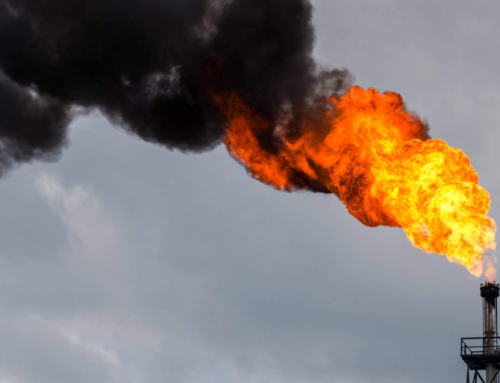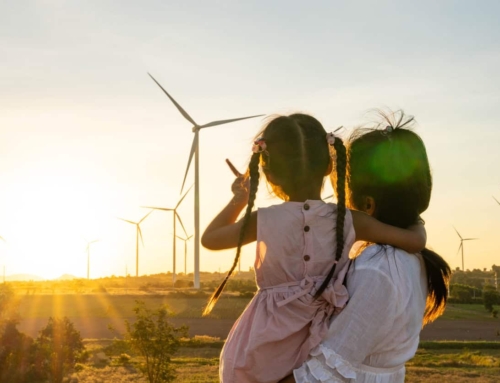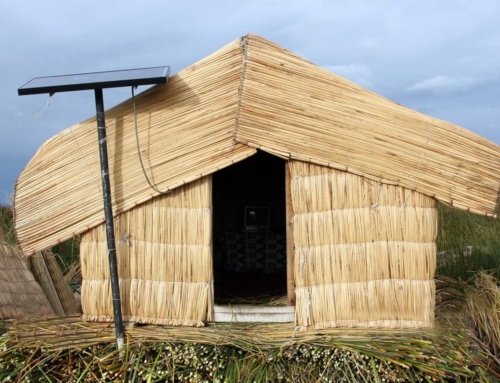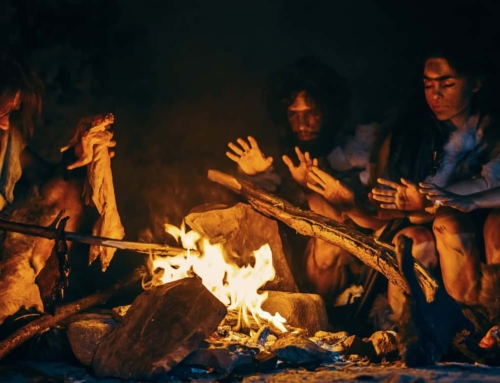Chance are if you’re posting about climate on Facebook, you have positive intentions (deniers excepted) and want to avert the worst effects for our families, communities, and the planet. But sometimes the way we post has unintended consequences. Here are the three top mistakes we all make, and what we can all do to make our posts more effective.
My dark secret is I still read Facebook more than I’d like to admit. In 2019, the Pew Research Center found that over half of Americans (54%) either got their news “sometimes” or “often” from social media, and Facebook was the most popular social media site where American adults got their news. Never mind that our posts are mostly going to people who agree with us.
While there are many types of posts, by far, the most frequent post I see on climate is the “Disaster Post.” These posts simply link to recent studies telling us the dire consequences of our current climate path without any comment from the person posting. The icecaps are melting. Polar bears are dying. We are going to die. By drowning. Or exploding like un-poked baked potatoes in a microwave.
Perhaps the intent of these posts is to “prove” that climate change is happening, and by extension, that we should do something to prevent it. I have two questions when confronted by these posts.
My first question is what does this information really mean? Cognitive scientists tell us that too much doom and gloom leads to apathy, fatigue and disengagement about climate. I can’t really do much about melting icecaps personally. It overwhelms me, so I disengage. My second question is what am I being asked to do? Is this just information for information’s sake? Is this simply the news? In either case, it’s doubtful that the poster’s motives will be served.
There’s another class of posts in opposition to doom and gloom which I call the “Hope Post.” These posts are about renewable energy, or regenerative agriculture or other solutions. Often again, there is very little accompaniment of information by the person posting. It seems like the poster is trying to prove that the climate crisis is solvable. Perhaps these posts are shared to counter the “Disaster Post.” Hope posts are easier to take, but the question is… do they also have unintended consequences? I am sometimes left wondering what all the fuss is about. After all, Bill Gates is turning CO2 into stone in Iceland. It seems like we’re responding to the climate crisis, what am I supposed to do?
The third type of Facebook post is the “They’re All Idiots” post. I agree, they are all idiots. Everybody but me. It’s part of the human condition to solidify the identity of our group against another group. As Americans, we have elevated the art of calling those who disagree with us idiots, especially after the last four years. It hasn’t resulted in much progress.
But while knowing they are idiots may make me feel superior, I am, again, unsure of what I should do about it. Perhaps share a “Disaster Post?” A subset of this class of posts is the “You Should” post. You should… eat less meat, walk everywhere, breath less, and not have children.
There are a couple of things we can do to make our posts on climate better. First, we can offer context? Why is this significant and how does this affect our values? For example, average temperatures in Minnesota have increased by 3-5 degrees Fahrenheit over the last fifty years. Context… this is raising lake temperatures and threatening crop yields. Values… I’m worried for my grandkids because all of us deserve a livable planet.
The second thing is how is the subject is impacting us personally, and how we feel about it. Impact… higher lake temperatures mean walleye populations will plummet. We are also losing our forests, our moose and other animals to climate change. It makes me sad to lose the things that I cherish in Minnesota.
The third and most important thing is what we can do about it, or a call-to-action. The best advice I’ve heard is to start with the end in mind. I need to know if and how I can help. I may be able to affect local change, but can’t really work on melting icecaps.
The best way to convey a call-to-action is by sharing what you are doing. Attraction is always more effective than persuasion. Saying what you are doing avoids telling people that they should not fly, can’t eat hamburgers and will have to walk everywhere. For example… I’ve decided to cut my driving by half because Minnesota’s biggest source of greenhouse gases is pollution from cars and trucks. I find I get more exercise by using my bicycle now. Anyone want to join me in my Zucchini 150 bike ride?
Context, values, personal impact, and action are good places to start. Now I’m going to share a Disaster post to those idiots and let them figure it out. Yes, I’ve posted all of the above on Facebook. Better communication on climate are possible. Thanks.
Hobie,
‘We are all connected. Savor the Earth!’™
Hobart Stocking
SkyWaterEarth.com
hobart@skywaterearth.com
651-357-0110
Facebook: @SkyWaterEarthConnected
Twitter: @SkyWaterEarth








Leave A Comment